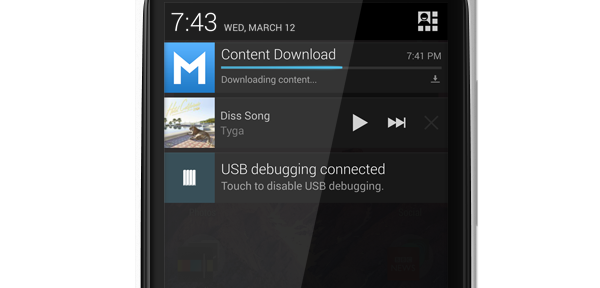If you’re a software or mobile app developer with some experience in the industry you’re probably familiar with the acronym SEO, or “search engine optimization.” But for those dedicated to taking custom mobile app development to the next level, there’s a new three letter word that may prove more valuable: ASO – “app store optimization.”
More than ever, consumers are discovering new apps by browsing and searching within the app store. It’s by far the most popular discovery method, accounting for 63 percent of app discovery among iOS users and 58 percent among Android users.
In app store searches are twice as popular a discovery method as the ubiquitous “most popular” lists. This means new kids on the block have a chance at competing with recognized players…if they understand and utilize ASO.
But no matter how genius and groundbreaking your app, without ASO utilization there’s a chance it will go completely overlooked. It’s a lesson that every successful mobile app development company has already learned: it’s absolutely critical to ensure that your creation is tailored to the medium it will be sold through before it hits the marketplace.
On paper, the process is simple: (1) get discovered, and (2) capture consumer interest. Once you do these two steps right you’ll be 90 percent of the way there. In practice it gets a bit trickier. But if you can successfully incorporate the following fundamentals into your app design, you’ll already be beating the competition at ASO.
- Keywords. Use these in the title of your app in order to cast the widest net and catch the most search traffic. According to a study of the top 25 most popular apps for sale, including a keyword in the name of an app increased its ranking by an average of 10.3 percent.
- 25 characters or less. Any longer than this will no longer be viewable on the preview in the app store. Having your title chopped off is unattractive and will make a consumer – especially one with a short attention span – move on.
- If it ain’t broke, don’t fix it. If you’re reading this once your app has already gone to market and feeling inspired to change the title of you app…don’t. Once you’ve already gained traction, it’s best to stay the course in order to create name recognition and word-of-mouth buzz.
- Understand long-tail. Long-tail keywords, which appear in your app’s description, offer another great opportunity for discovery. If you want create a communal carpooling app, you probably shouldn’t call it “carpooling.” But by including that phrase in your description, you’ll capture all app store users who search that term.
- Be a genre trailblazer – More often than not, app store users don’t search for a specific title, but instead a genre – e.g., “maps” or “music.” In fact, searches by genre account for 80 percent of all searches. By getting out ahead of the curve and anticipating a genre that will be popular but is not yet oversaturated, your software development company can vault its app to the top.
- Appeal visually – Your icon should have visual appeal and somehow describe what your app does. Snapchat’s playful ghost speaks to its ephemeral photos while Tinder’s red flame suggests a spicy fling. Once you’ve put your idea into words, create a descriptive visual as well.
If you can effectively apply these tips to your own app, there’s a bonus on the back end: the more downloads your app achieves, the higher it will rank. It’s a classic case of success breeding success – app store algorithms recognize what consumers react positively towards and attempt to give them more. A great app development company is one that recognizes the importance of beating the algorithms.
So keep plugging away with your app, but make sure that you don’t sell yourself short during the final step of the process. Don’t forget to do your ASO!

